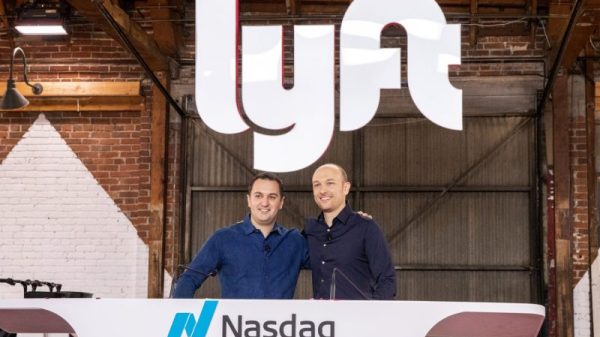GM Lays Off More Than 1,000 Salaried Software and Services Employees
The recent news of General Motors (GM) laying off more than 1,000 salaried software and services employees has sent shockwaves through the automotive industry. This move by GM is part of a larger restructuring effort to improve the company’s overall financial health and streamline operations. While layoffs are never easy, they are sometimes necessary for companies to remain competitive and adaptable in a rapidly changing market environment.
This decision comes as GM shifts its focus towards electric and autonomous vehicles, aiming to lead the industry in these cutting-edge technologies. By reducing its workforce in software and services, GM is signaling a strategic realignment towards the future of transportation. As the automotive landscape evolves, companies like GM must adjust their priorities and investments to stay ahead of the curve.
However, the layoffs have raised concerns among employees and stakeholders alike. The affected employees are not just numbers on a spreadsheet but individuals with families and livelihoods to support. It is crucial for GM to handle these layoffs with empathy and provide support to those impacted by the restructuring. Transparent communication and assistance programs can help ease the transition for employees facing job loss.
Furthermore, the ripple effects of these layoffs extend beyond the immediate workforce reduction. The automotive industry is deeply interconnected, with suppliers, partners, and local communities all feeling the impact of such significant changes within a major player like GM. Companies must navigate these transitions thoughtfully, considering the broader implications and working collaboratively to minimize disruptions.
Amidst the challenges posed by these layoffs, there are also opportunities for growth and innovation. As GM repositions itself for the future, there is room for new talent and fresh perspectives to contribute to the company’s transformation. By fostering a culture of creativity and adaptability, GM can emerge stronger and more resilient in the face of industry shifts.
In conclusion, while the news of GM laying off more than 1,000 salaried software and services employees is undoubtedly concerning, it is a strategic move aimed at securing the company’s future in a fast-evolving automotive landscape. By balancing the necessity of restructuring with a commitment to supporting its workforce, GM can navigate these changes with integrity and drive. The road ahead may be challenging, but with foresight and collaboration, GM has the potential to thrive in the era of electric and autonomous vehicles.


































